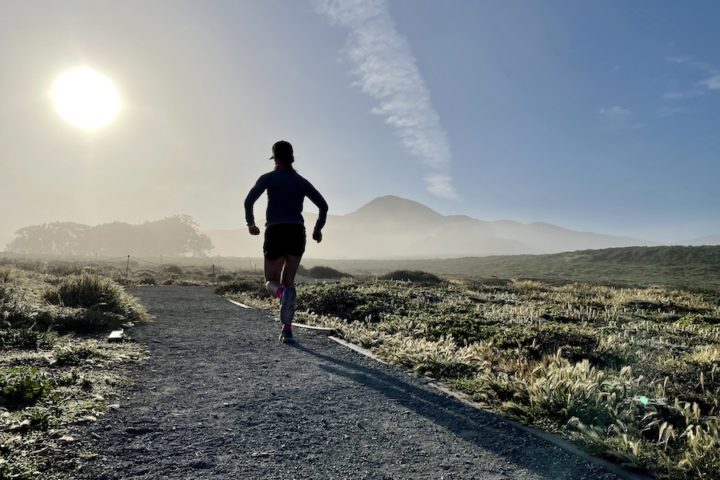Workout of the Week: The Recovery Run
The easiest days in your training schedule for running need to be taken as seriously as the most challenging workouts.
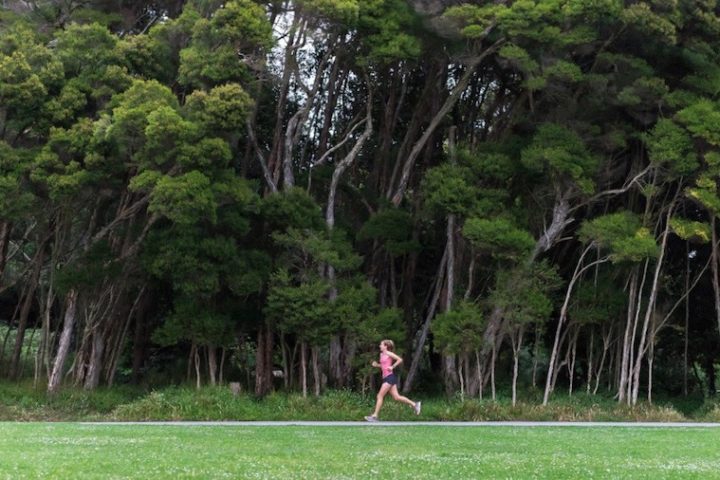
The easiest days in your training schedule for running need to be taken as seriously as the most challenging workouts.

This week's episode of the podcast is with Stuart McMillan, CEO of ALTIS, and widely regarded as one of the best sprint coaches in the world. In this conversation, which easily would have gone another couple hours if we hadn’t run out of time, Stu and I cover a wide range of topics, from coffee and music to Stu’s former life as a DJ. We get into all things coaching, including how Stu got his start and how his approach has evolved over the past 30 years, creativity and how it influences his approach to coaching, the “philosopher-coach” and putting an emphasis on critical thinking and question asking, taking a systems approach to working with athletes and life in general, and so, so much more.

The 1-2-3-2-1-2-3-2-1 fartlek is an "introduction to power endurance" workout that can be used early in a training cycle when an athlete is still building fitness but ready to handle more work. The pickups are relatively short—1-3 minutes in duration—and the intensity—10K effort—should manageable for that chunk of time. The "recovery" intervals, which are run at more of a moderate training pace than a slow jog, are equal in duration to the work interval that preceded it. I like to use a version of this workout every few weeks during a half-marathon or marathon buildup because it forces the athlete to stay engaged the entire time and serves as a nice substitute for a standard threshold session.
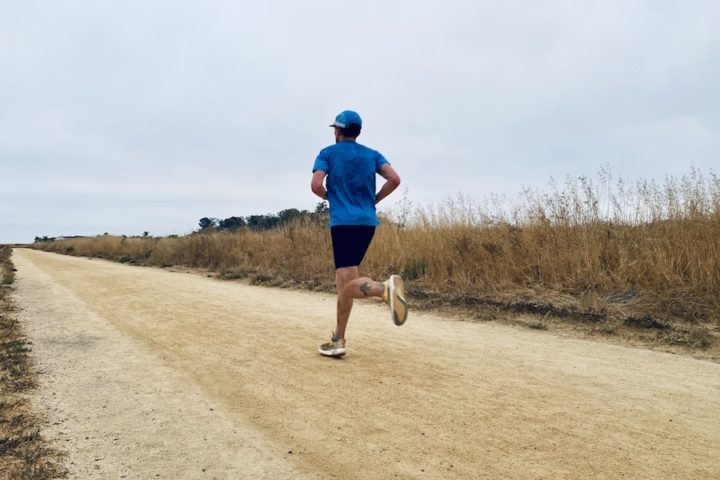
Not every workout will leave you hunched over with your hands on your knees afterward—in fact, most of them shouldn’t—but every once in a while you just need to go out and make yourself as uncomfortable as possible.
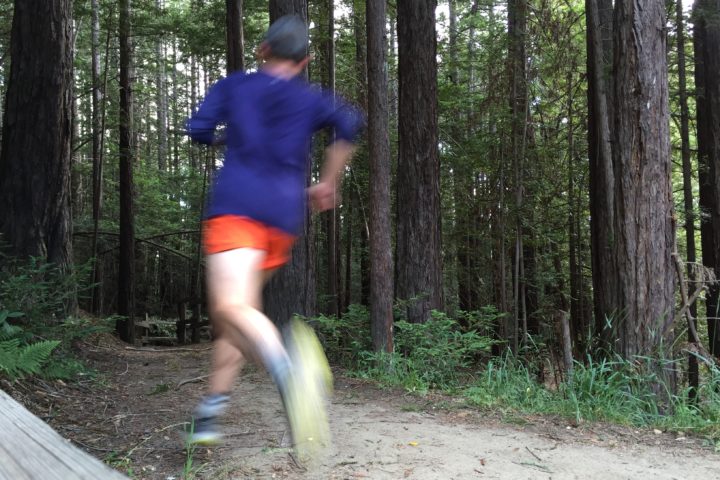
This week I had an awesome conversation with Don Swartz, who coaches at North Bay Aquatics in Marin County, California, and is someone I respect, admire, and try to emulate in my own life. I recently sat down with Don for a couple hours at his kitchen table to talk about his coaching journey, how he approached working with swimmers despite never being a competitive swimmer himself, founding the Creative Performance Institute in the 1970s and teaching the mental side of sport to coaches and athletes, how he stays sharp, what keeps him going, and a lot more.

I recently sat down with Christine Yu, an award-winning journalist and author of Up to Speed, a new book that I would describe as a comprehensive guidebook that dispels false narratives around women in sport, dissects the latest research into women’s sports science and performance, and advocates for more and better research to improve the future experiences of active and athletic women across the age and identity spectrum.

Looking for a challenging but not-too-hard workout to knock out before your next race? Look no further than the 5-4-3-2-1 halftime fartlek. It starts fast and finishes even faster but it will be over before it really starts to grind your gears down.
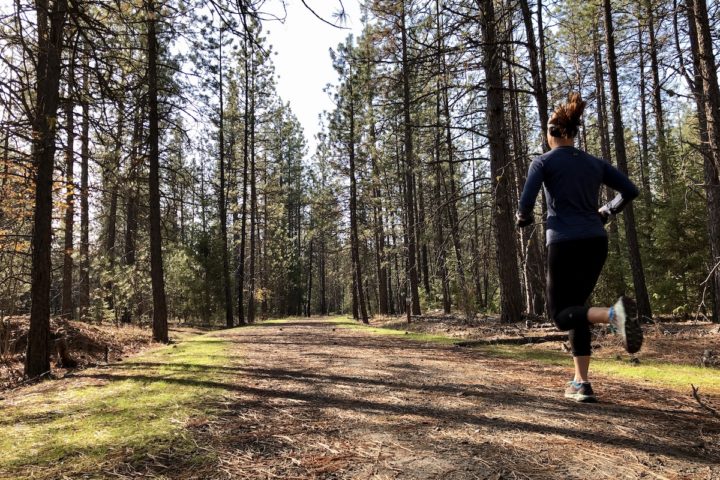
Tracksmith recently announced the launch of the Varsity Club, an NIL program designed to support a small number of top-level college track & field and cross country athletes by providing them a gear stipend, mentorship, and the opportunity to travel to Europe for training and competition in summer of 2024. The program caught my attention for a few reasons: one, it's Tracksmith's first foray into the NIL space; two, it's an application-based initiative, differentiating it from other NIL deals brands are making with athletes; and three, it's headed up by Nick Willis, who was a seven-time All-American at the University of Michigan and understands the landscape of collegiate track & field as well as anyone. Anyway, I had a lot of questions, which Nick was generous enough to answer for me.

This week I had a wonderful conversation with my good friend Brad Stulberg. In this one, the first installment of a new series I’m calling Coach to Coach, Brad and I discuss the craft of coaching and highlight the parallels and through lines that exist between working with athletes and working with executives and entrepreneurs. We also dive into his new book, Master of Change, and talk about how to navigate change: personally, professionally, athletically, and societally. Brad explains the concept of what he calls “rugged flexibility,” he differentiates between responding and reacting to things that happen to us, and a lot more.
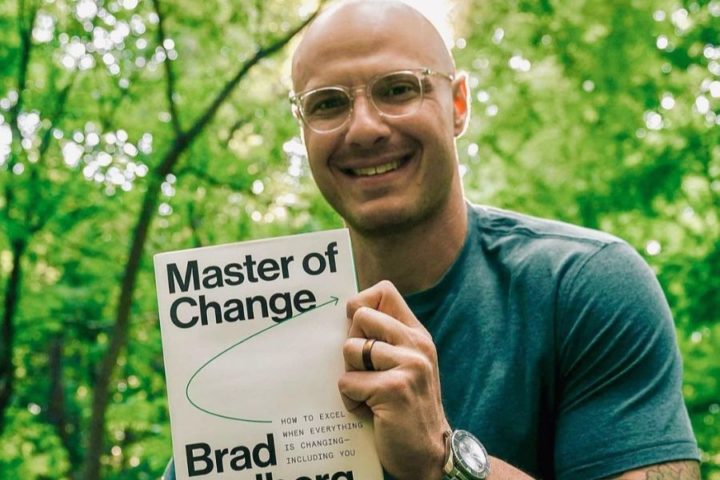
My favorite workouts are pretty universal in nature, meaning you can go to them whether you're focusing on something as short as a 5K or as long as a marathon. The 3-2-1 Mile Cutdown session fits that bill.
